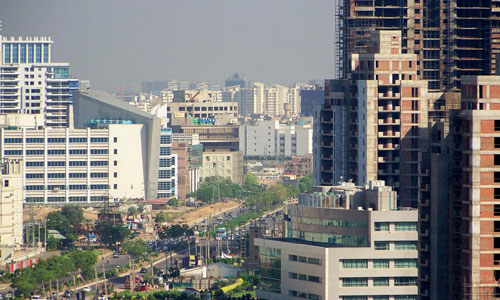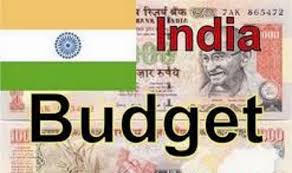
Transit-oriented development to put Gurgaon on global map
Global success cases of transit-oriented development include Malaysia, Hong Kong,…

Global success cases of transit-oriented development include Malaysia, Hong Kong,…

Finance Ministry officials maintain that budget wish list of developers…

For the last four years everyone within the built environment of Indian real estate, homebuyers included, wanted a real estate regulator but the consensus eluded.

An airport has been catalyst to the development and urbanisation of any given city. More often than not, it proves to be the catalyst to the growth of the real estate market of the given city. After all, the housing market is heavily dependent on the commercial activity in the city and for the big ticket commercial activities to take place what the multinational companies and the big corporate houses need the most is an international airport.

The pan-India survey by Track2Realty finds that that close to two-third, as many as 58 per cent of the real estate professionals admit to suffer some form of depression or general anxiety disorder due to demanding schedules, high stress levels and lack of performance-linked rewards.

To say that the year 2015 has not been very excisiting for the real estate market across the Mumbai Metropolitan Region (MMR) would be stating the obvious. The slowdown in the macro-economy, wait & watch by the homebuyers in the property market, relatively higher cost of borrowing till late and fate of reforms oriented policies hanging in uncertainty all collectively dampenend the property market in India’s financial capital. Will the year 2016 be any different?

Several amendments to the Real Estate (Regulation and Development) Bill, 2015, suggested by the select committee of Rajya Sabha, have now been accepted by the Union Cabinet. This is a major step towards introducing the amended bill in the Rajya Sabha. The bill will bring in much-needed transparency and accountability in the real estate sector.

We keep hearing the term ‘market drivers’ being used in real estate. What are they? Market drivers can be defined as developments in an area that increase the value of living there. It is a well-established fact that infrastructure is by far the most important driver for real estate demand and property appreciation growth.

A few may have succeeded but most of the developers have failed to position themselves right during the slowdown. In the process Track2Realty finds that the brand realty has taken a severe beating, losing the trust of both the end-users and the investors. The brand positioning that differentiates between the two different realty companies is today negligible with developers’ focus to sell. That, unfortunately, is not working for them and commanding premium over the brand reputation today is a far cry. Our team speaks to a cross section of developers, analysts and brand experts who may differ with each other but nearly all agree that sector has to come out of the Catch 22 situation.

From being the governance wild child to maturing into a market influencer, India’s real-estate sector has transformed in the past decade, with a paradigm shift from family owned businesses to corporates along with a few companies listing on stock exchanges. The change began with the government opening doors to Foreign Direct Investment (FDI) in 2005 and then welcoming the next wave of stability as corporate houses brought image restoration for the sector. Led by corporate entities, realty companies soon adopted corporate governance wherein transparency began to trickle down into the system as a norm slowly.
